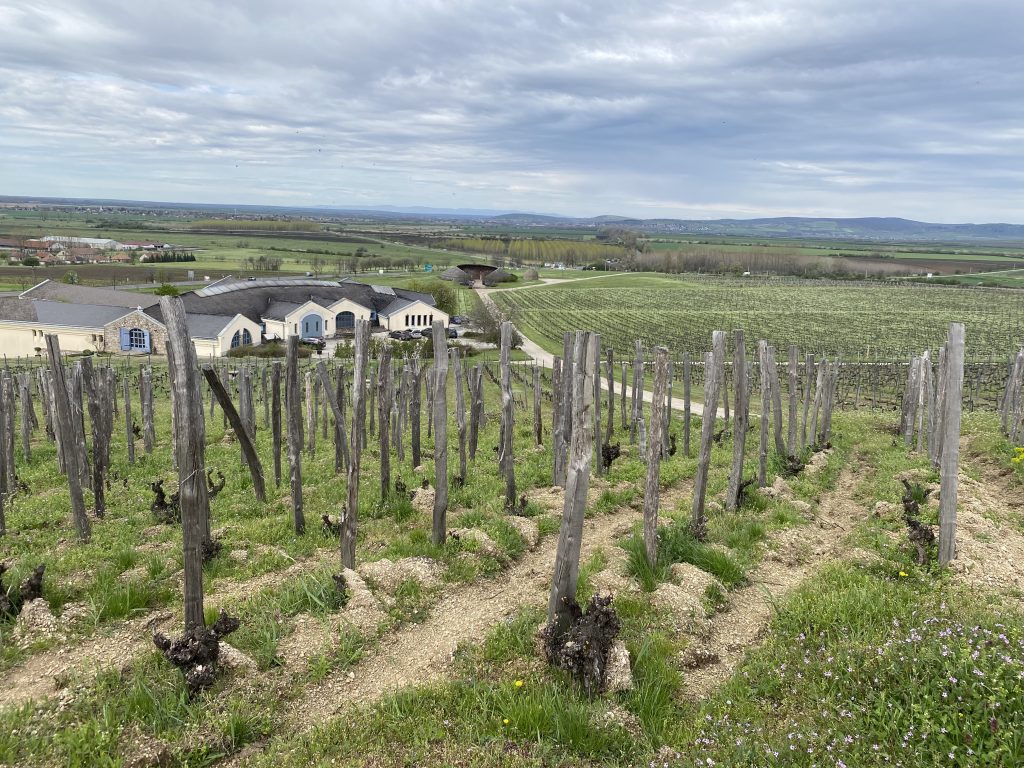Amanda Barnes takes to the hills of Tokaj to learn about the fascinating history and art of sweet, sparkling and still wines in the region from László Mészáros, director of Disznókõ.
“We are the oldest wine region, but still a very young one,” this simple statement made by László Mészáros, director of one of Tokaj’s most esteemed estates, Disznókõ, became increasingly poignant and meaningful to me during my recent visit.
Tokaj, in the northeastern corner of Hungary, was the world’s first delimited wine region. Declared by the King of Hungary, Charles III, in 1737, almost two decades before the Douro was demarcated. Although classifications for the wine region were actually first set almost 100 years before then.
Louis XIV sealed the global and historical reputation of Tokaj when he declared the sweet wines as the ‘the King of wines, the wine of Kings’ and had it served in his courts in the late 1600s. The French King wasn’t alone in widely declaring an appreciation of Hungary’s renowned sweet wines. Popes, tzars, composers and emperors have waxed lyrical about them too over the ages, including Beethoven, Napoleon III, Goethe and Catherine the Great.
Despite its incredibly long history and great international renown, the contemporary story of Tokaj only really started when Tokaj and Hungary moved out from beneath the iron curtain in 1989. As private landowning and international investment was once more allowed in Hungary, a small but significant flurry of international investment from 1991 to 1994 created a new opportunity for the flailing wine region.
It hasn’t been an easy ride, but for the past 30 years the region of Tokaj has been steadily rebuilding its reputation. This is where László’s comment couldn’t be more on point.
I had studied the region’s sweet wines from afar for several years, but what surprised me about Tokaj was not only its focus on reviving the tradition and fame of its sweet, noble rot wines, but the innovation happening in dry wines too.
Dry Furmint is garnering greater interest internationally, and it is easy to see why. They are racy, non-aromatic wines which can show an impressive sophistication and reflection of the different nuances of Tokaj’s interesting landscape.
“We have this fame for the sweet wines of the region, but Tokaj is also a very complex wine region,” explains László. “Its a volcanic wine region with a lot of different soils and terroirs, and with the dry wines we have discovered that these terroirs can give us a very special expression. Furmint, being a variety with high acidity and freshness but not overly aromatic, has the capacity to express these different terroirs. Furmint is a perfect variety to read these terroirs.”
In this video interview László shares not only the intricacies of Tokaj terroir and the noble rot wines, but why dry Furmint also deserves a space at the table today:

